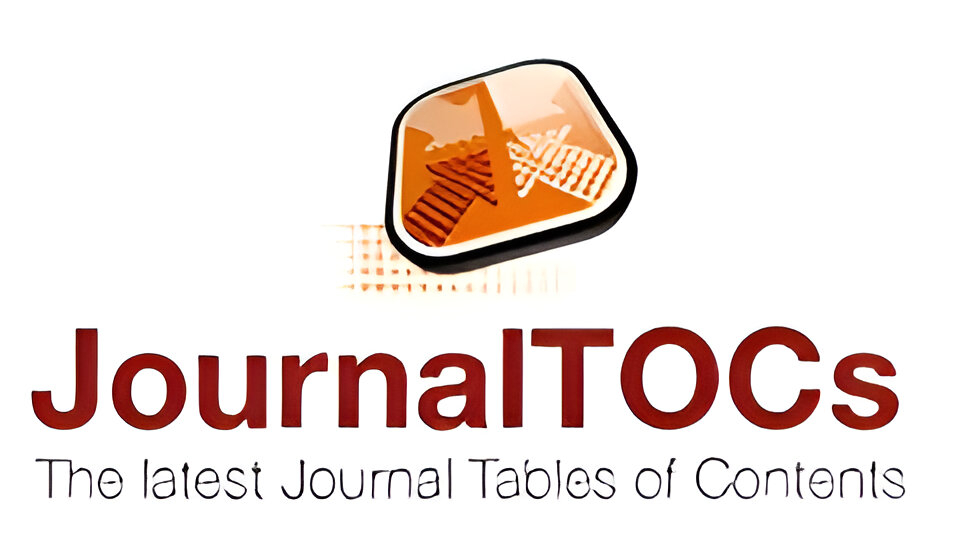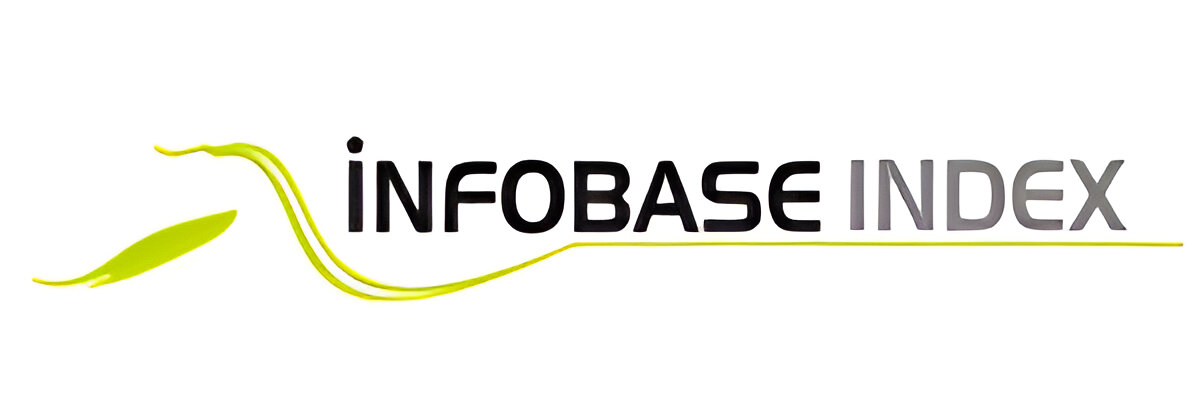OPTIMIZING QOS IN FOG COMPUTING BY EFFICIENTLY ALLOCATING RESOURCES AND REGULATING MOBILE DEVICE POWER CONSUMPTION IN IOT NETWORKS
Abstract
The fog-enabled Internet of Things (IoT) tackles the constraints faced by IoT devices in terms of their processing and energy capabilities. It allows for computationally expensive and time-sensitive activities to be transferred to the fog nodes connected to the IoT gateways. A fog node, using cloud technologies, has the capability to provide and deprovision virtual machines (VMs) in a flexible and immediate manner. The quality of service (QoS) for power-limited mobile IoT devices, such as wearable devices and smartphones, may be reduced due to the changing wireless channel circumstances. Power regulation is essential for maintaining the wireless transmission rate and, therefore, the Quality of Service (QoS). The Quality of Service (QoS), namely the time it takes to complete tasks, is influenced by both fog processing and wireless transmission. Therefore, it is crucial to optimize fog resource provisioning, which involves making choices on the number of virtual machines (VMs) to rent, and power control simultaneously. Our study focuses on solving a joint optimization issue that aims to reduce the cost of the system, namely the rents of virtual machines (VMs), while ensuring that quality of service (QoS) criteria are met. This problem is presented as a mixed integer nonlinear programming (MINLP) problem. Subsequently, a heuristic algorithm is suggested to address the issue. The simulation results showcase the efficacy of our suggested approach.Published
2025-07-31
Issue
Section
Articles
How to Cite
OPTIMIZING QOS IN FOG COMPUTING BY EFFICIENTLY ALLOCATING RESOURCES AND REGULATING MOBILE DEVICE POWER CONSUMPTION IN IOT NETWORKS. (2025). International Journal of Engineering and Science Research, 14(2s), 312-321. https://ijesr.org/index.php/ijesr/article/view/850











